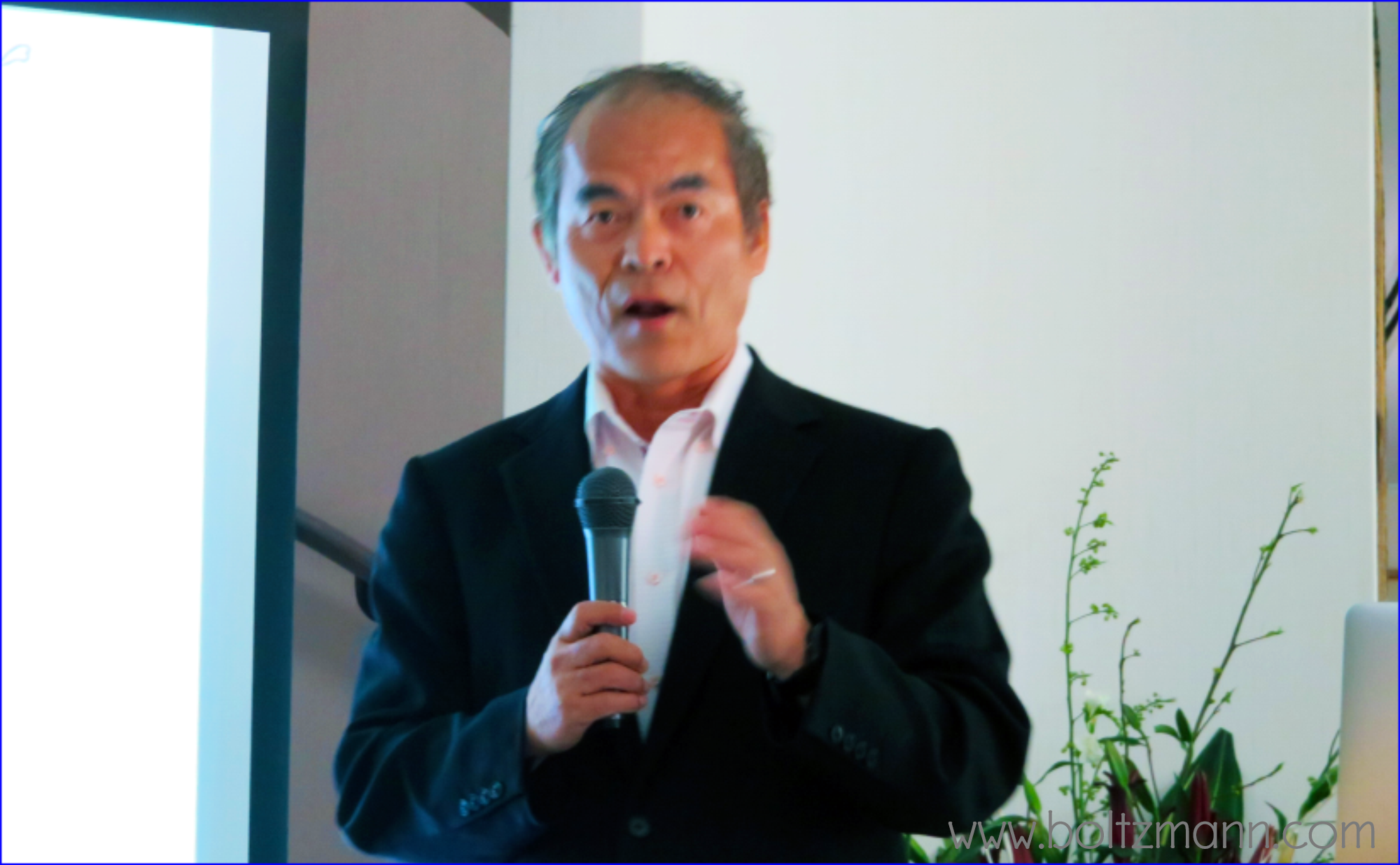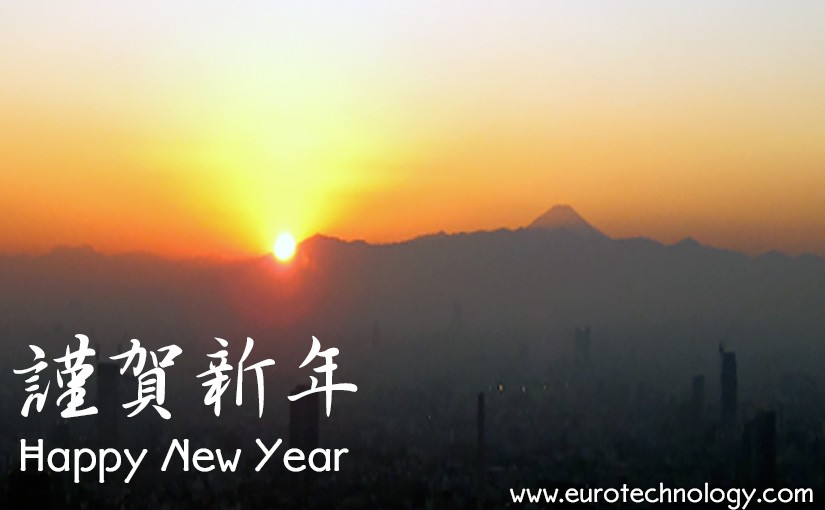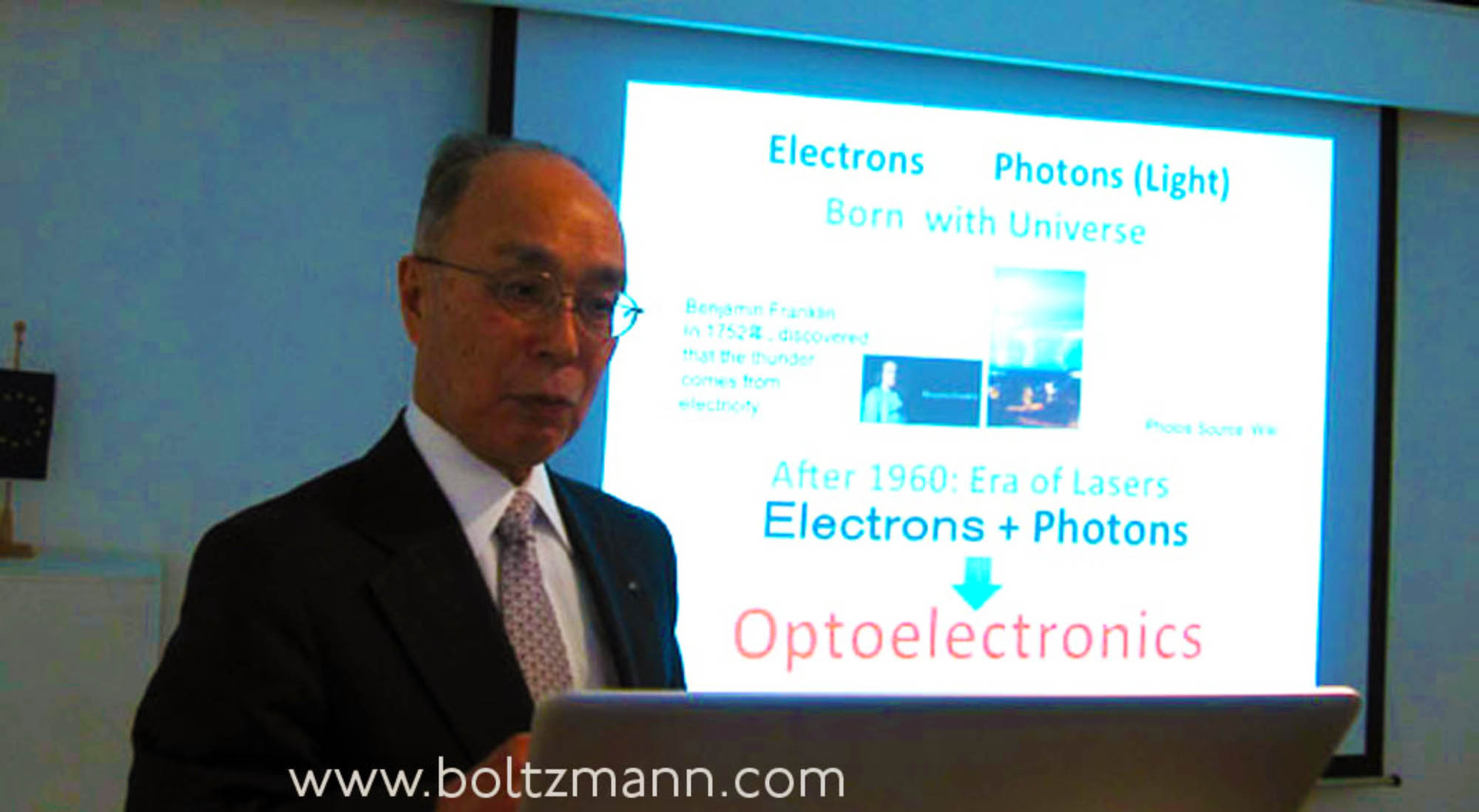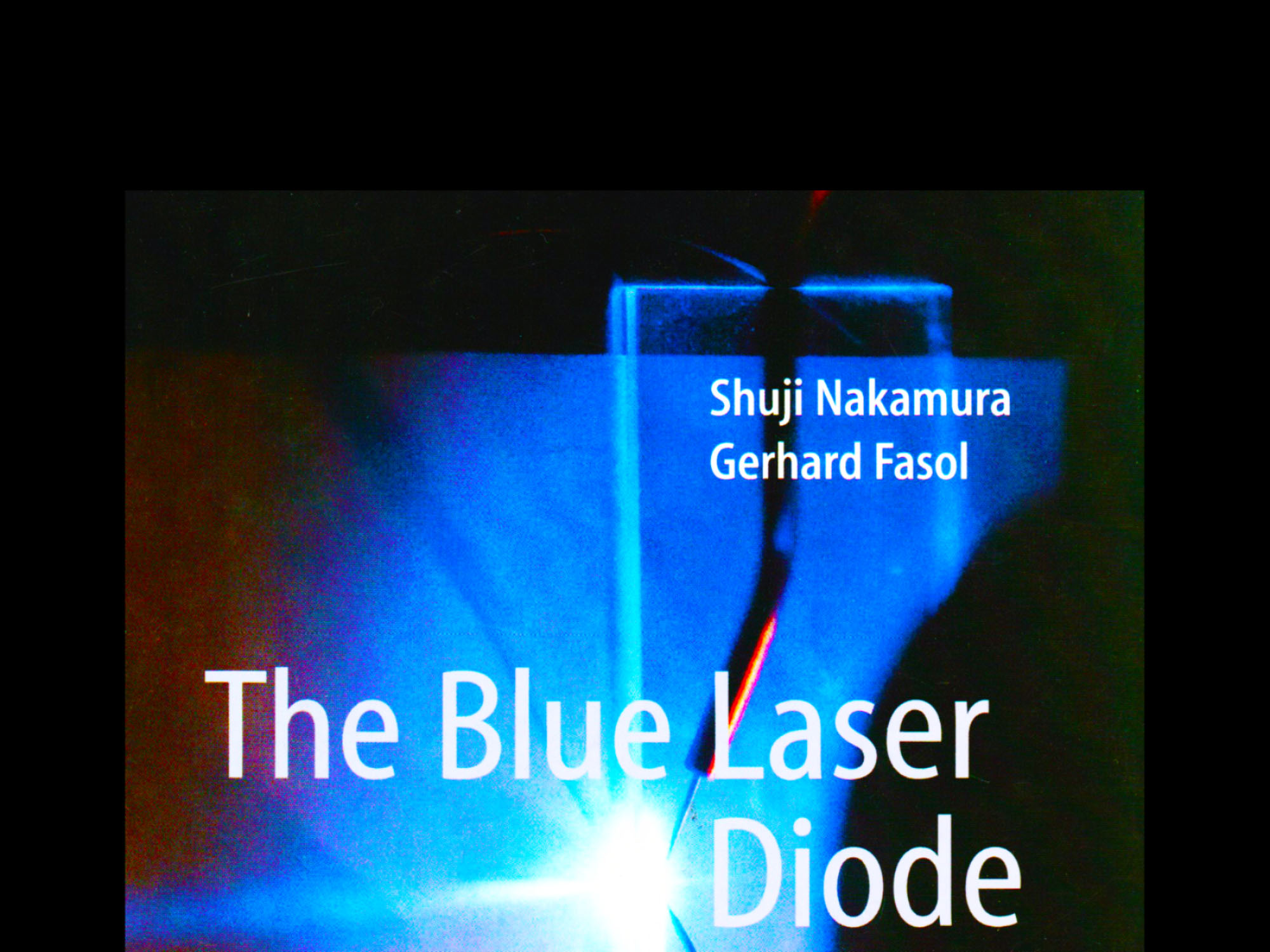Category: Lighting
-

Shuji Nakamura on 2nd and 3rd Generation Solid State Lighting
—
by
Shuji Nakamura’s invention to save energy corresponding to about 60 nuclear power stations by 2020 2nd and 3rd Generation Solid State Lighting For Shuji Nakamura’s invention of high-efficiency GaN double-heterostructure LEDs he was awarded the Nobel Prize in Physics 2014, while his employer sued him in the USA for leaking intellectual property – Shuji Nakamura…
-

Japan in 2015 – analysis
Thoughts and analysis for 2015 Abenomics?! The trick of course is the third arrow, the reforms. Read what Professor Takeo Hoshi has to say about Abenomics, Japanese economist, who has worked his way up US Universities, and has now reached the position of Professor of Economics at Stanford University. By the way, here is my…
-

Shuji Nakamura: did he invent the blue GaN LED alone and other questions. An Interview.
Interview for the Chinese Newspaper Southern Weekly about Shuji Nakamura by Gerhard Fasol The Chinese Newspaper Southern Weekly interviewed me about Shuji Nakamura’s invention of the blue LED and the background to his Nobel Prize. Here some of my answers. Read the article in Southern Weekly in Chinese language here: 【2014诺贝尔·科学】无人相信的发明 Shuji Nakamura: when he…
-

Shuji Nakamura, Isamu Akasaki, Hiroshi Amano win Nobel Prize in Physics 2014 for the blue LED
Nobel Prize in Physics 2014 for the blue GaN LED by Gerhard Fasol Shuji Nakamura, Isamu Akasaki, Hiroshi Amano enabled the global lighting revolution The Nobel Prize in Physics 2014 was awarded in equal shares to Isamu Akasaki, Hiroshi Amano and Shuji Nakamura “for the invention of efficient blue light-emitting diodes which has enabled bright…
-

VCSEL – Vertical cavity surface emitting lasers by their inventor, Kenichi Iga (6th Ludwig Boltzmann Symposium)
VCSEL inventor Kenichi Iga: hv vs kT – Optoelectronics and Energy (Former President and Emeritus Professor of Tokyo Institute of Technology. Inventor of VCSEL (vertical cavity surface emitting lasers), widely used in photonics systems) Keynote presented at the 6th Ludwig Boltzmann Symposium on February 20, 2014 at the Embassy of Austria in Tokyo. VCSEL: how…
-

Blue laser book with Shuji Nakamura – how this book came about
The Blue Laser Diode, by Shuji Nakamura and Gerhard Fasol, Springer Verlag The story and physics background of the discovery and development of the GaN LEDs and lasers Since I have been working for many years on GaAs research, as soon as I heard Shuji Nakamura’s talk at one of Japan’s applied physics conferences, I…
-

Gallium Nitride LEDs for Christmas
Since Shuji Nakamura’s first commercialization of GaN LEDs (read the Blue Laser Diode Book) LEDs are progressing rapidly to make the US$ 400 Billion global lighting industry more environmentally friendly, reducing CO2 output and reducing electricity bills for lighting dramatically. Recently rail stations in Japan have begun to test plug-compatible replacement of fluorescent tubes by…
-

Outsourcing Japan market research and strategy consulting to India, Philippines?? – a recipe for business failure in Japan?
Business decisions unrelated to market realities are a prime reason for failure of foreign companies in Japan In a quest to reduce market research costs, Japan market research is often outsourced to India, Philippines, Indonesia etc With shock and surprise we recently found out that a very famous telecom and IT industry market research and…